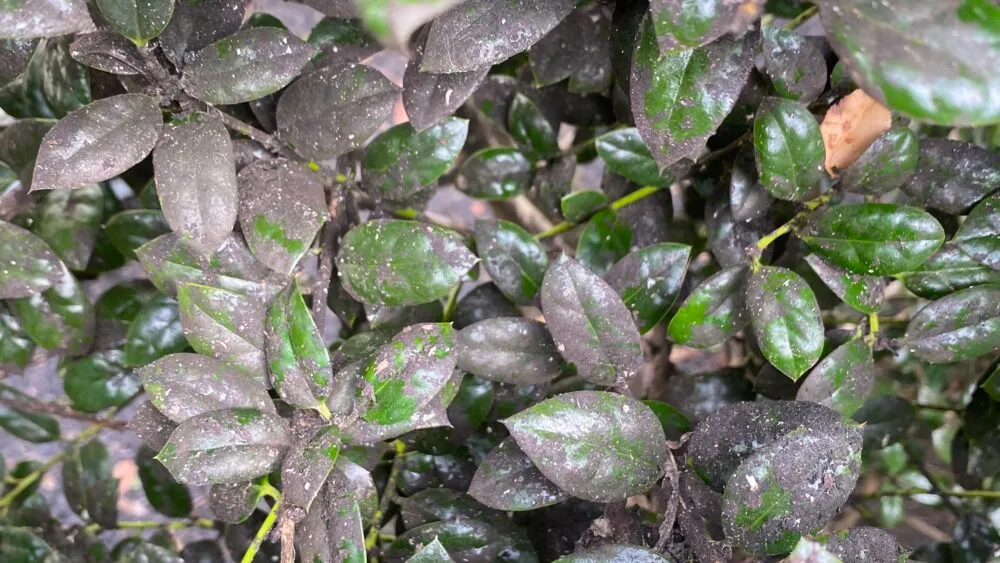Are you noticing a cotton-like substance on your camellias or hollies? This could signify cottony camellia scale, a common pest that can harm your plants. At Rick’s PHC Certified Arborists, we understand the importance of maintaining the health of your green spaces. In this guide, we will explain the best practices for treating cottony camellia scale. To ensure your plants stay healthy and free from pests, consider our residential tree care and inspection services.
Understanding Cottony Camellia Scale
Cottony camellia scale, scientifically known as Pulvinaria floccifera, is a type of scale insect that primarily targets camellias, hollies, and other host plants. These pests:
- Are most noticeable during their egg-laying stage
- Have a life cycle that includes one generation per year
- Can cause significant damage to plants if left untreated
Identifying and Monitoring Cottony Camellia Scale
Identifying cottony camellia scale early plays a crucial role in protecting your plants. These pests become most visible when they lay eggs, producing a cotton-like egg sac on the underside of leaves.
To effectively identify cottony camellia scale, it’s important to know what to look for. Continue reading for some key indicators:
- Cotton-like egg sacs: These are the most visible sign of cottony camellia scale. You can often find them on the underside of leaves, and they can be quite large, sometimes up to half an inch long.
- Yellowing leaves: As the scale insects feed on the plant’s sap, they can cause the leaves to turn yellow and eventually drop off.
- Sooty mold: This black, powdery fungus grows on the honeydew excreted by the scale insects. While it doesn’t harm the plant directly, it can block sunlight and reduce the plant’s ability to photosynthesize.
For more detailed information on cottony camellia scale, including images and additional signs of infestation, check out this comprehensive guide. This resource can help you become more familiar with these pests, enhancing your ability to identify them early and take appropriate action.
Effective Methods for Treating Cottony Camellia Scale
Treating cottony camellia scale involves a combination of cultural, biological, and chemical control methods. Some effective strategies include the following:
- Regularly inspect your plants for early signs of infestation.
- Encourage natural predators like ladybugs and lacewings.
- Apply horticultural oil or insecticidal soap during the crawler stage.
Rick’s PHC Certified Arborists: Your Partner in Plant Health
Treating cottony camellia scale can seem like a daunting task, but with the right knowledge and resources, you can protect your plants from these pests. At Rick’s PHC Certified Arborists, we remain committed to helping you maintain the health and beauty of your green spaces. If you suspect an infestation, don’t hesitate to schedule an arborist tree assessment.
We offer a comprehensive range of services tailored to meet your specific needs. Our team of experts uses the latest techniques and products to ensure your plants are healthy and vibrant. If you live in West Chester, PA, or the surrounding areas and need help treating cottony camellia scale, call us at 610-840-2655. Trust Rick’s PHC Certified Arborists to keep your plants thriving.

